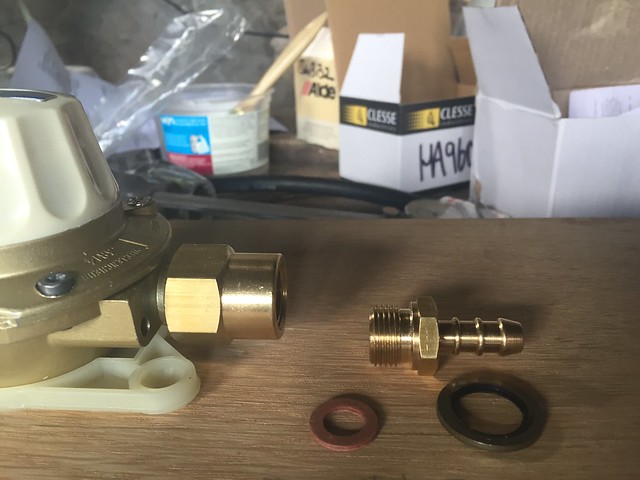D
Deleted member 36384
Guest
I have a BSP Parallel Thread Female x BSP Taper which seals with simply making up and with some PTFE tape or liquid sealant. I also have a BSP male and female parallel threads. The male thread bottoms out in the female bushing and I am wondering if I need a flat washer to seal where the male bottoms out in the female segment, or should I just use sealant tape or liquid sealant? It is a gas system and I have both the correct tape tape and liquid for sealing. I am wondering because I have a recollection (which may be wrong) that a flat washer is used on parallel to parallel threads to make the seal. The taper is easy to understand but the fact that the parallel threads bottom out rather loosely is what is making me wonder about the flat washer. All the stuff was bought from a reputable supplier and no flat washer was provided with the fittings. The actual fitting is a Cleese valve (BSP parallel female) to a hose spigot (BSP parallel male). My current plan is to use 'Clessetite Thread Sealant For Metallic Pipework and Equipment', which is rated for LPG and make up until the male bottoms out on the female bush and then just nip up a bit more.
Any comment or advice is welcome, thanks, BlowingOldBoots
Any comment or advice is welcome, thanks, BlowingOldBoots




